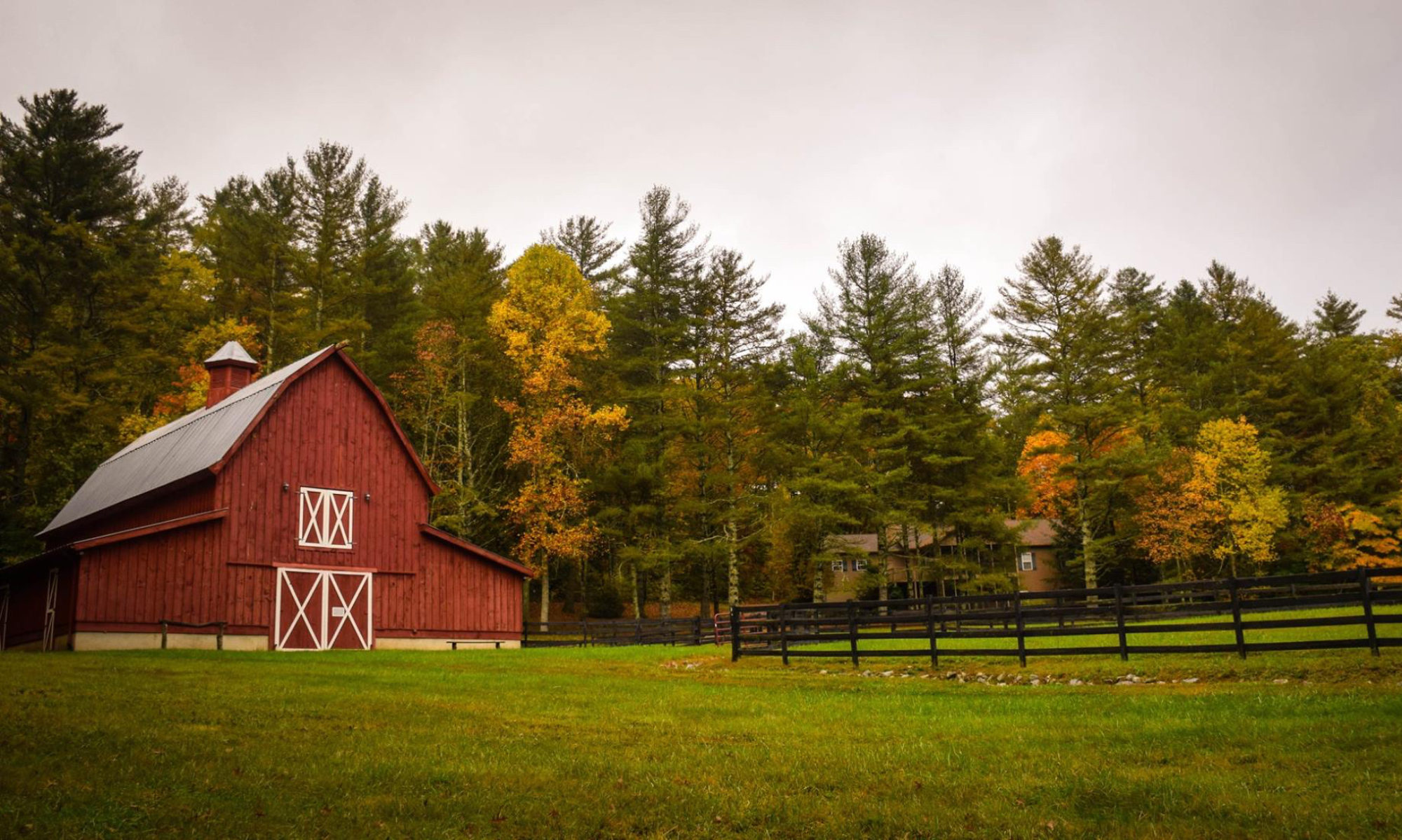I missed this New York Times story a couple of weeks ago.
The story highlighted Ord, Nebraska (population 2,200) and the recently established Ord Foundation. These community endowments are being established in a small, but growing, number of rural communities.
In Ord the endowment recently offered relocation assistance to 10 young couples who moved to town.
In some rural communities (if they reach their fundraising goals) the new endowments are posed to provide more yearly revenue than local property taxes currently do.
Even smaller towns have gotten involved. Shickley, a village in Fillmore County in the southeastern part of the state, with a population of 363, has built an endowment of $300,000 in just four years, after a local banking family posted a $105,000 challenge grant. If the town can raise $1 million – by 2011 it is hoped – it will provide more than the present annual property tax intake of $42,000. This year, the endowment’s extra $13,000 helped renovate the Fillmore County Courthouse, support a local history project and maintain a new library and public swimming pool.
The success of the endowments in many rural communities is being staked on local residents, rather than on wealthy external funders.
The critical part of creating an endowment is to involve as many residents as possible, through a local founders club that requires a minimum commitment of $1,000. In Ord, 55 donors signed up within the first two weeks.
Colleges and Universities track their alumni like hawks, knowing that one day these former students will be in the position to contribute to their alma mater’s endowment. Towns in Nebraska are now doing the same.
Nebraska does not have a large pool of part-time residents to tap, and it has an outflow of young residents – the children of potential donors – who move away when they go to college and do not return. So virtually every town has tracked down alumni networks, even for grade schools, to draw from the huge intergenerational wealth transfer that could be coming in the next decades.
The executive director of the foundation in Ord, Nebraska says, “”There is a renewed sense of hope in this community that we can help ourselves, we have to help ourselves because no one else is going to.”
Indeed.
Update: If you live in a rural community, consider sending a link to this post to your local mayor, city council members and school officials.
